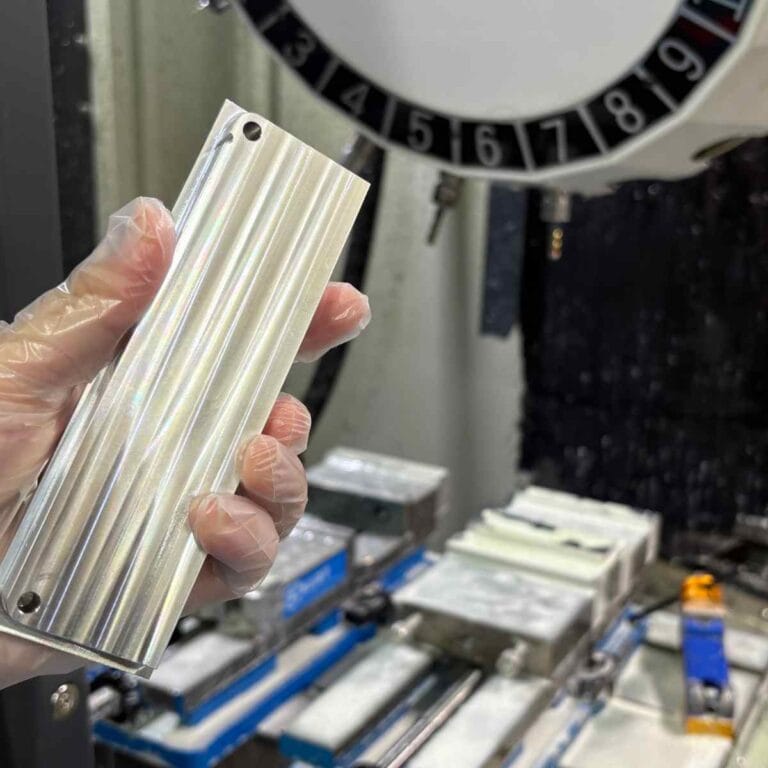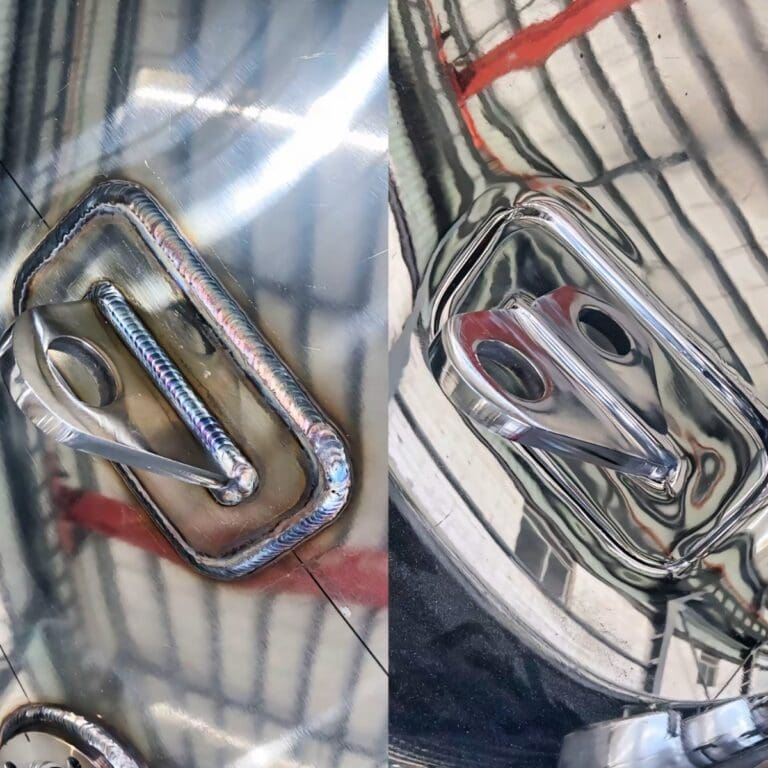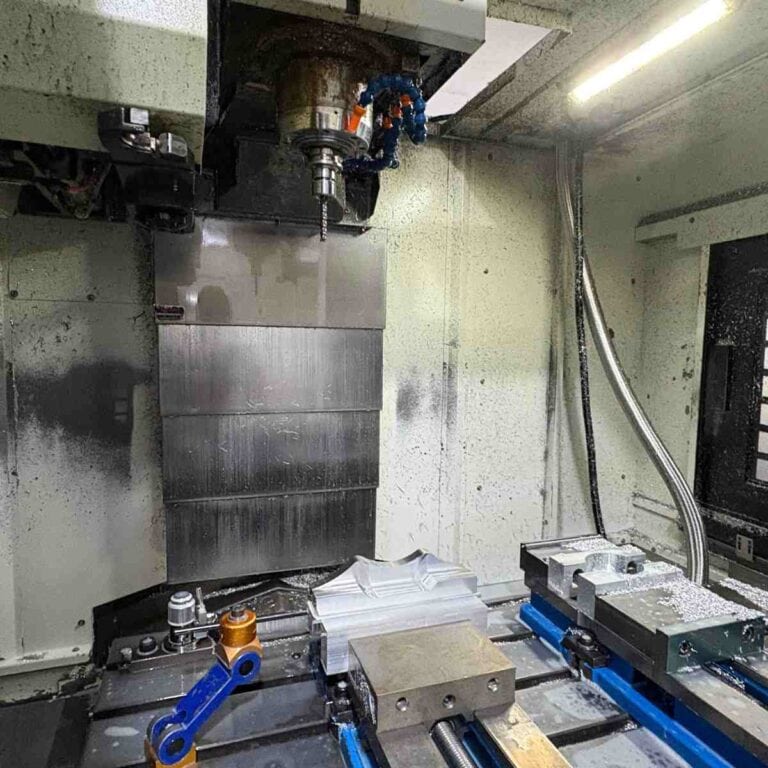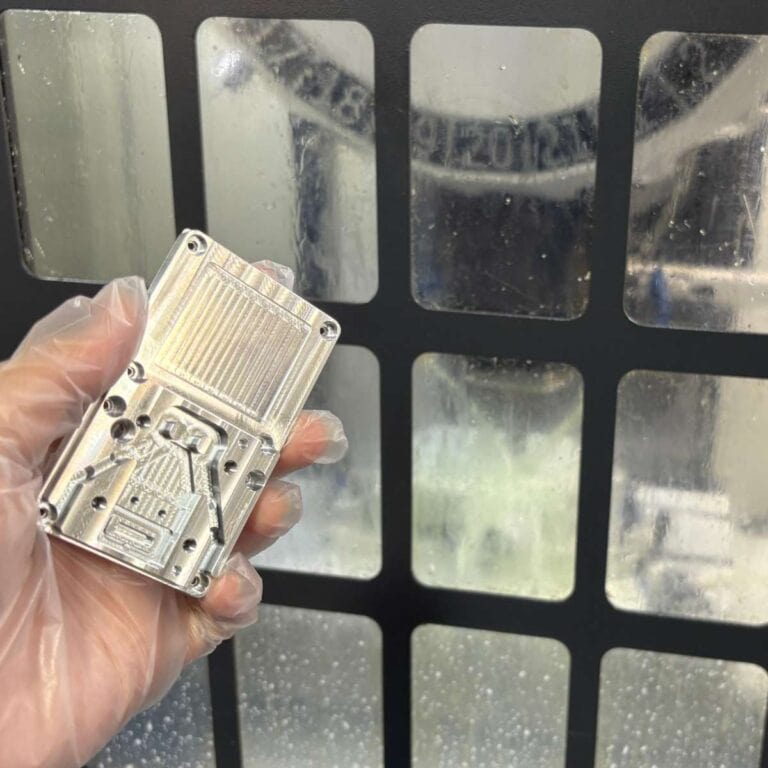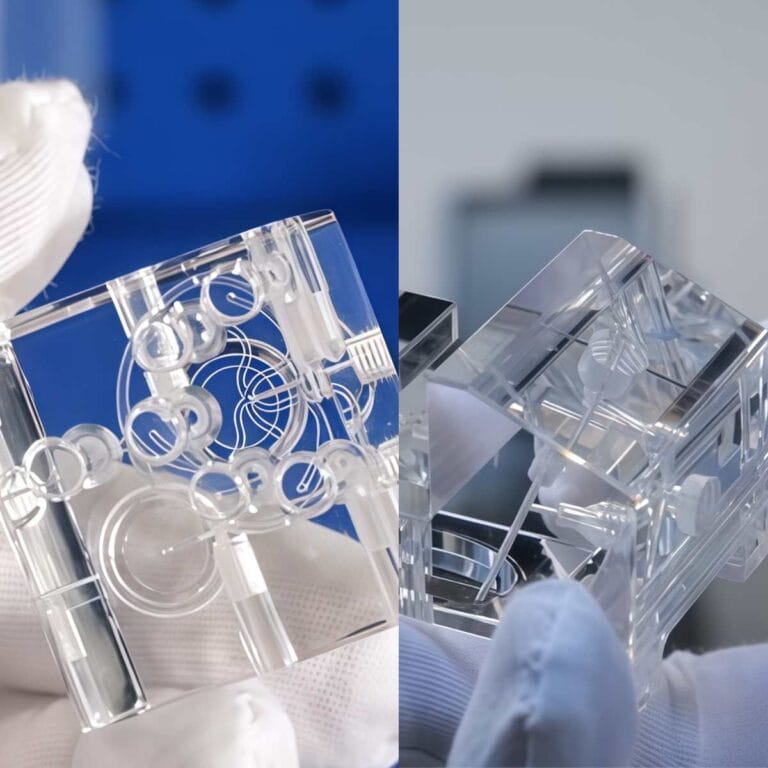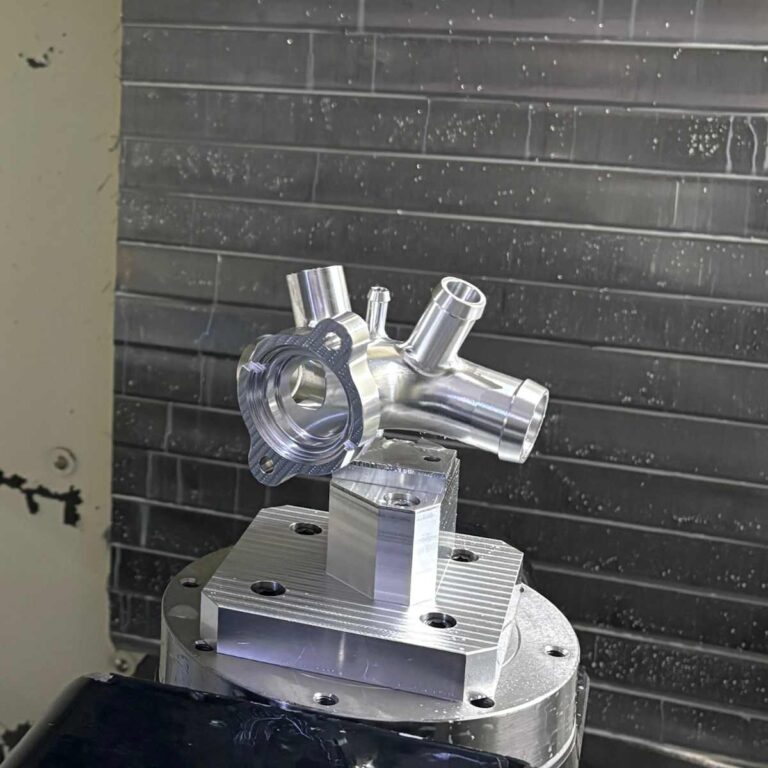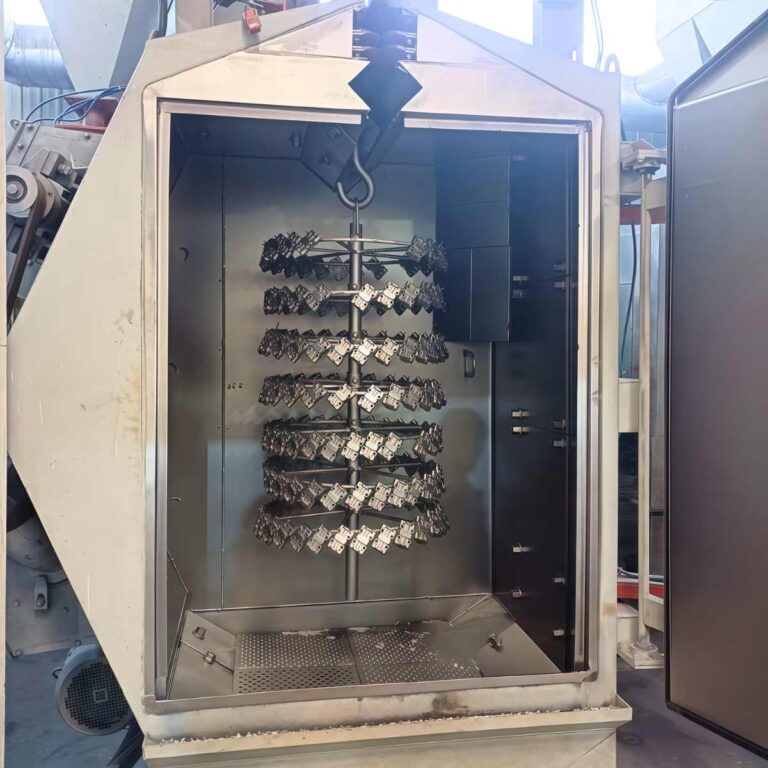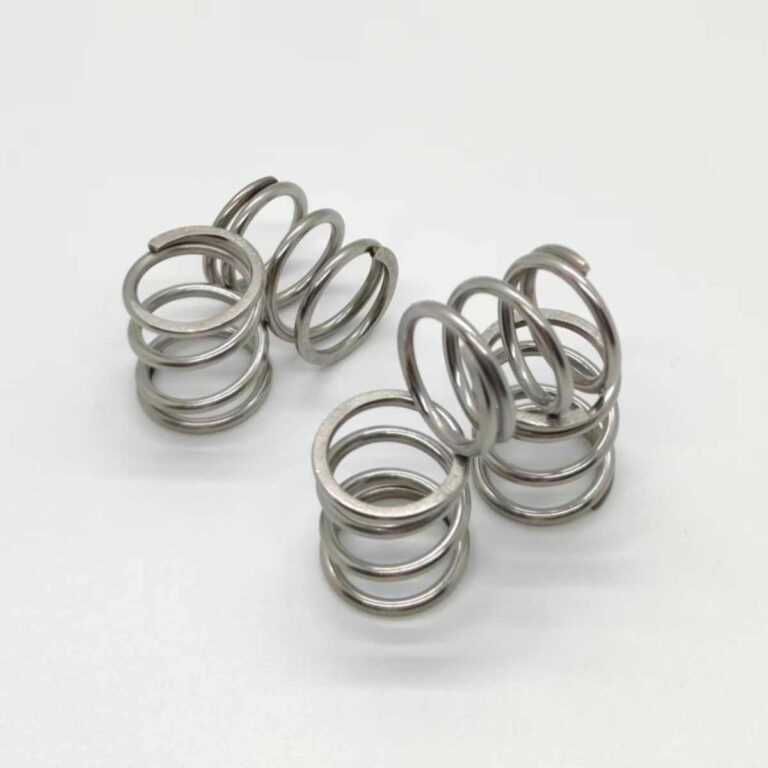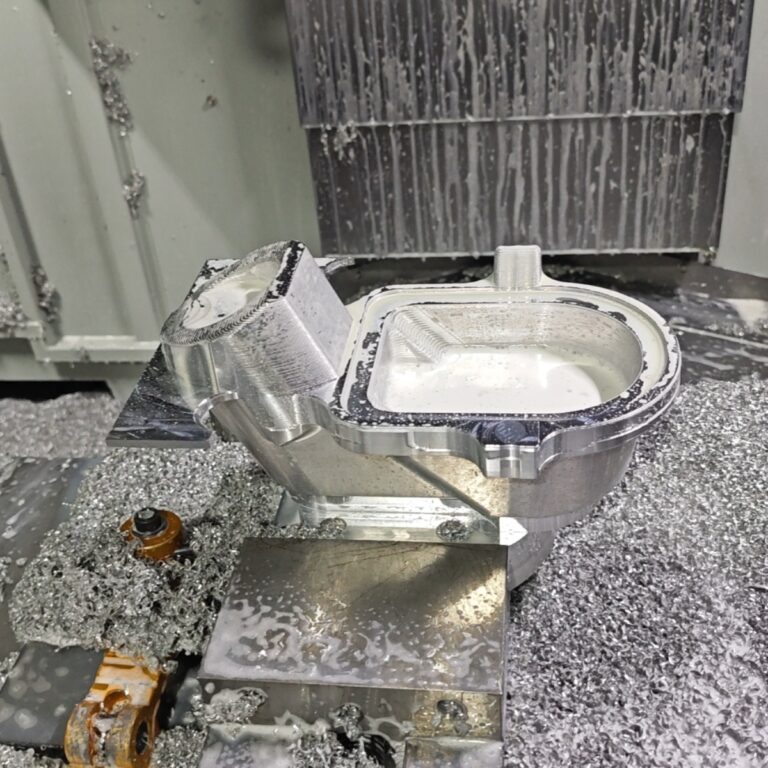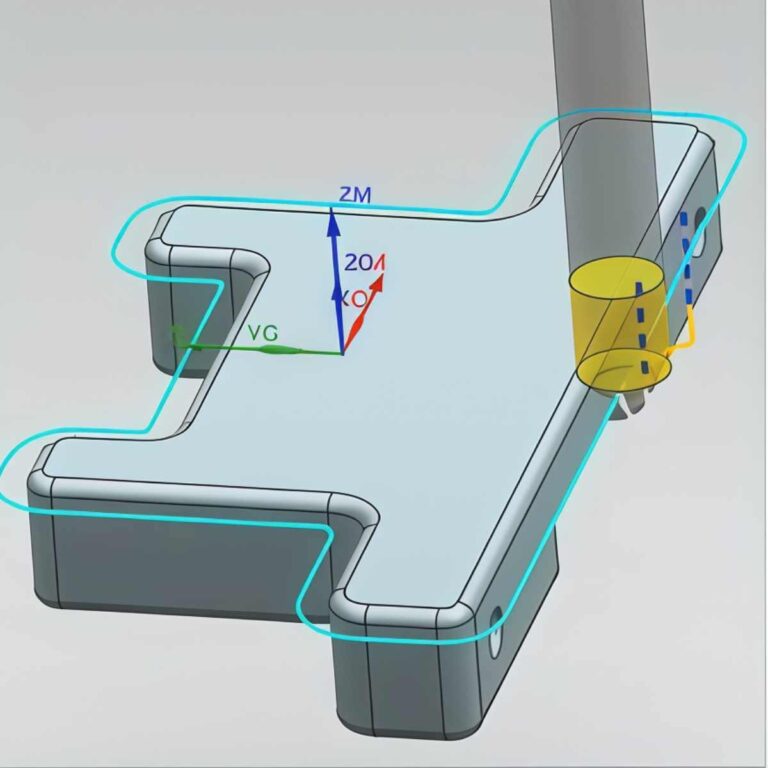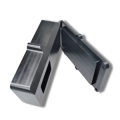Becoming a successful CNC machinist is more than just knowing how to run machines — it’s about mastering a full spectrum of CNC machinist skills that blend math, programming, inspection, communication, and a deep sense of quality control. As a CNC machinist, I’ve learned that precision and adaptability, key parts of these skills, go hand in hand. In this article I will walks you through the 8 essential CNC machinist skills every CNC machinist must apply on the shop floor — skills that not only keep the machines running but also keep production efficient, consistent, and future – ready.
What Is A CNC Machinist
A CNC machinist transforms digital blueprints into high-precision parts using CNC machines. This role requires both hands-on machining skills and strong technical knowledge in CAD, G-code, and quality inspection. From reading engineering drawings to programming and operating multi-axis equipment, CNC machinists ensure each part meets strict specifications. They bridge design and production through precision, analysis, and continuous improvement.
What Does A CNC Machinist Do
In my daily work as a CNC machinist, I bridge the gap between digital designs and real-world components with sub-millimeter precision. Each project begins by interpreting detailed engineering drawings that include specifications, tolerances , surface finish requirements, and material types ranging from 7075 aluminum to PEEK plastics.
I use CAD/CAM software to generate optimized tool paths based on the part geometry and material properties. Once the G-code is simulated and verified, I proceed with machine setup: installing tools with precision holders, setting X-Y-Z zero points using edge finders or touch probes, and calibrating probes to ensure accurate reference alignment.
Depending on the complexity, I operate 3-axis, 4-axis, or full 5-axis CNC milling centers or CNC turning lathes, adjusting feeds and speeds dynamically — for example, 300 mm/min feed with 8,000 RPM on aluminum, or down to 50 mm/min with coolant for hardened steel.
Throughout the machining cycle, I use inspection tools such as digital calipers, micrometers, dial indicators, and CMMs to validate dimensional accuracy. I document in-process quality checks every 10–20 parts in low-volume runs and analyze key parameters like tool wear, tolerance deviation, and cycle time to optimize for both repeatability and cost-efficiency.
Collaboration is another key part of my job — I regularly work with design engineers to clarify tolerances, and coordinate with QA teams to troubleshoot nonconformance issues. In short, while the machining itself is hands-on, the role demands equal focus on technical analysis, production planning, and continuous improvement based on real-time data.
Essential Skills For CNC Machinist
To excel as a CNC machinist, it’s not enough to operate machines — you need a solid foundation in math and blueprint reading, digital control proficiency, hands-on machining experience, quality inspection skills, and the ability to solve problems under pressure. Strong communication, safety awareness, and continuous learning are also essential. These core skills define top-tier machinists and form the path to career advancement in modern manufacturing.
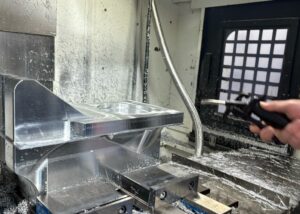
Foundational Knowledge & Math Skills
In CNC machining, mathematical and foundational knowledge is essential — not optional. Precision parts require more than just machine control; they demand accurate calculations, clear interpretation of blueprints, and strong spatial reasoning.
Trigonometry is frequently used to calculate bolt circle coordinates, compound angles, and taper geometry — for instance, positioning six holes on a 100 mm pitch circle requires calculations with ±0.01 mm accuracy. Geometry supports the understanding of part features, toolpath planning, and cutter engagement, especially in complex contours or 3D surfaces.
Algebra comes into play when calculating spindle speed, feed rates, and tool offsets. Common formulas like RPM = (SFM × 3.82)/D or Feed = RPM × Chip Load × Number of Flutes are applied daily, depending on material type — whether it’s aluminum, 4140 steel, or titanium.
Blueprint reading is non-negotiable. Interpreting GD&T symbols such as flatness, true position, and profile — often within ±0.005 mm — ensures parts meet strict tolerances. Understanding tolerance stacks and assembly requirements is critical, especially for slip-fit or press-fit components.
Without this solid foundation, even the most advanced CNC machines can’t deliver consistent, high-precision results. Foundational skills bridge the gap between programming theory and real-world execution on the shop floor.
Technical Software & Control Skills
Modern CNC machining is inseparable from digital systems. Today’s shop floor demands more than mechanical aptitude — it requires fluency in CNC programming environments and software interfaces.
Operating CNC controllers like FANUC, Siemens, Haas, and Heidenhain is a core requirement. Each has unique syntax and logic. For example, FANUC uses G-code structured around modal groups, while Siemens emphasizes graphical program guides. Mastery of both increases flexibility across different machines.
CAD/CAM platforms such as Fusion 360 and Mastercam are used to design geometries, generate 2D and 3D toolpaths, and simulate operations. Simulation allows detection of issues like tool collisions, gouging, or improper lead-in paths. In one aerospace job, simulation prevented a crash that could’ve cost $3,000 in spindle repairs.
G-code optimization includes adjusting feedrates (G01) and spindle commands (Sxxxx/M03) based on tool material and part geometry. A simple change — such as switching from constant surface speed to fixed RPM in a turning cycle — once reduced cycle time by 12% on a stainless steel shaft.
Debugging is a critical step. Spotting incorrect tool numbers, improper work coordinate (G54–G59), or wrong Z-zero references in simulation avoids scrap and rework. In high-mix, low-volume environments, avoiding just one setup error can save hours of machine downtime.
Digital control skills aren’t just “nice to have” — they’re vital for productivity, precision, and safety. A machinist equipped with software fluency and control versatility is far better positioned to adapt, solve problems quickly, and optimize throughput.
Machine Operation & Practical Experience
On the CNC shop floor, real experience cultivates precision instincts that no manual can fully teach. Machinists must go beyond theoretical understanding and develop muscle memory for the machines they operate.
Tool installation requires more than clamping; it involves verifying tool length offsets with presetters and ensuring runout is below 0.01 mm for precision jobs. Touching off work offsets — using edge finders, indicators, or probing cycles — determines the part’s datum accuracy, which is crucial for holding tolerances within ±0.005 mm.
Spindle speeds and feed rates are calculated based on cutting conditions. For instance, machining aluminum with a carbide tool might involve 12,000 RPM and 1,200 mm/min feed, while Inconel requires reduced speeds around 200–300 SFM with heavy coolant flow. The balance between material hardness, tool geometry, and machine rigidity is a daily judgment call.
Hands-on experience becomes especially valuable during multi-axis machining. Operating a 5-axis vertical machining center (VMC) for aerospace impellers, I encountered challenges in rotary axis synchronization and collision clearance. Conversely, when producing titanium medical pins with diameters below 1 mm, vibration control, tool wear monitoring, and fine-step depths (under 0.05 mm/pass) were essential.
Each part teaches a new lesson — whether it’s controlling chip evacuation in deep pockets or compensating for thermal drift over long cycle times. Practical machining is where abstract theory becomes applied skill, and it’s this accumulated experience that builds speed, confidence, and capability.Hands-on skill is where theory becomes real.
Measurement & Quality Control Skills
In precision machining, inspection isn’t an afterthought — it’s a critical stage that defines the success of the entire manufacturing process. When tolerances tighten to ±0.005 mm or even tighter, even minor deviations can result in functional failure or rejection of parts.
To ensure accuracy, I routinely use a range of metrology tools. Vernier calipers and micrometers are used for quick checks within ±0.01 mm, while height gauges and dial indicators help monitor flatness and parallelism. For more complex geometries or tight-tolerance aerospace components, I turn to coordinate measuring machines (CMMs), which can measure true position and profile features to within ±0.002 mm. Optical comparators also come into play for inspecting intricate contours and radii, especially on molded or turned parts.
Geometric Dimensioning and Tolerancing (GD\&T) is more than theory on the shop floor. I’ve inspected parts requiring composite position tolerances of 0.01 mm and flatness within 0.003 mm across a 100 mm surface. Understanding the meaning behind symbols like Ⓣ or Ⓟ ensures features are not just measured, but validated functionally.
First Article Inspections (FAIs) are part of my standard routine. For each new setup, I generate full dimensional inspection reports, cross-check against CAD models, and align results with ballooned drawings. This step is especially vital in regulated industries like medical or aerospace, where documentation is audited.
In-process quality control prevents scrap and reduces rework. Every 5–10 parts, I measure critical features, log data into Statistical Process Control (SPC) charts, and adjust tool offsets if I observe trends like dimensional drift due to cutter wear or thermal expansion.
Ultimately, machining precision doesn’t rely on hope — it’s confirmed through disciplined inspection. Measurement is the language of quality, and mastering it ensures every part meets its blueprint, every time.
Troubleshooting & Process Optimization
Even with a flawless setup, machining variables can shift unexpectedly — tools wear, fixtures loosen, material inconsistencies arise. In my experience, troubleshooting isn’t just about fixing what’s broken — it’s about proactively identifying inefficiencies and optimizing for long-term gains.
Over the years, I’ve diagnosed a wide range of issues: from excessive tool chatter caused by poor rigidity and long tool overhang, to surface finish problems due to mismatched feed-per-tooth rates. One recurring issue involved inconsistent hole diameters on a high-precision aerospace bracket; the root cause was thermal expansion of the workpiece after prolonged tool engagement. Switching to a staggered toolpath and coolant optimization brought tolerances back within ±0.003 mm.
I once reduced a part’s cycle time by 30% by rearranging tool sequencing, eliminating redundant retracts, and increasing feed rates where tool rigidity allowed. This was based on a detailed Gantt chart analysis that revealed bottlenecks during tool changes and non-cutting movements. The savings translated to over 40 production hours per month on that single job.
In daily operations, I implement 5S principles to keep my workstation lean. Proper tool shadow boards, clearly labeled offsets, and organized collet drawers help reduce tool-change time by over 15%. A cleaner workspace isn’t just safer — it increases repeatability and lowers human error.
For continuous improvement, I rely on data. Statistical Process Control (SPC) charts help me monitor dimensional drift. When I notice deviations trending toward tolerance limits, I preemptively change the tool or recalibrate offsets, avoiding scrap before it happens. This proactive approach has saved over 200 parts in a single high-volume batch run.
Optimization in CNC machining is never one-size-fits-all. It’s a cycle of observation, diagnosis, and action. Whether it’s refining tool paths, adjusting speeds and feeds, or introducing poka-yoke fixtures to reduce operator error — every improvement compounds over time. That’s the difference between good machining and exceptional machining.
Communication & Shop Floor Collaboration
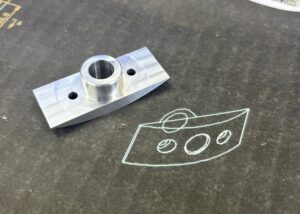
CNC machining is a team-driven process where effective communication is key to maintaining consistency and minimizing errors. Whether it’s clarifying a drawing with engineering or preparing a shift handover, clear and technical dialogue ensures production flows smoothly.
On the floor, engineers and machinists often align on GD\&T interpretation, surface finish requirements, and machining strategy. For example, a flatness tolerance of 0.01 mm on a 300 mm plate was once revised to 0.05 mm after collaborative review—cutting post-process time by 4 hours per unit.
To support continuity, detailed logs are maintained after each shift: tool wear status, inspection results, setup notes, and any anomalies. This reduces uncertainty and speeds up transition time by up to 30%.
When working across global teams, concise and technically accurate English is critical. Well-written reports, NCRs, and emails reduce miscommunication and ensure issues are resolved efficiently.
Ultimately, precise parts require more than machines—they depend on coordinated teamwork and reliable communication across every link in the production chain.
Safety Awareness & Professional Traits
Operating CNC machinery—especially at high speeds and with tight tolerances—demands a zero-compromise approach to safety. Every day begins with a checklist: emergency stop validation, PPE readiness, and coolant system verification. For example, misaligned coolant nozzles can reduce tool life by up to 40% and increase surface roughness beyond acceptable Ra values.
Safety protocols are embedded into every action. Machine lockout-tagout procedures are strictly followed during maintenance or tool changes, and guarding systems are regularly inspected. In one case, proper lockout prevented a potential injury during an unexpected spindle reset—highlighting how adherence to procedure directly protects lives.
Staying calm under pressure is essential. Whether handling a late-night tool break on a ±0.01 mm tolerance part or responding to an alarm in mid-cycle, decisions are made with safety first. Speed can be recovered—safety cannot.
Continuous learning is part of the professional ethic. I regularly review revised standards like ISO 23125 for turning machine safety and attend internal workshops on updated lifting and chemical handling protocols. This not only ensures compliance but fosters a mindset of responsibility.
Beyond technical tasks, traits like punctuality, consistency, and initiative build trust. Supervisors rely on professionals who not only meet deadlines but elevate team culture through proactive problem-solving and mentorship.
In precision manufacturing, professionalism is the bridge between consistent performance and long-term reliability—and safety is its foundation.
Career Progression & Certification Awareness
In CNC machining, long-term growth is driven by both skill development and strategic certification. A successful career rarely stays confined to a single machine or role. Like many in the field, I started as a CNC operator, responsible primarily for part loading and simple inspections. Over the next 24 months, with hands-on experience and internal training, I moved into setup responsibilities—handling offsets, fixture alignment, and tool life monitoring.
The transition to programming required a deeper understanding of CAM software, G-code optimization, and machine kinematics. At this stage, formal certifications became a turning point. Completing the NIMS Level 1 credential validated my skills in job planning, inspection, and manual machining. The OSHA 10-hour safety training was also essential, especially when leading projects that involved high-speed machining and coolant system maintenance.
Today, mentoring junior machinists and reviewing programs before production are regular responsibilities. Through this progression, I’ve seen how each certification and project builds toward greater autonomy and leadership.
Looking forward, the target is clear: a role as a manufacturing process engineer. This requires expanding into automation logic, fixture design principles, SPC analysis, and lean manufacturing tools like value stream mapping and 5-Why root cause analysis. According to industry surveys, over 60% of CNC professionals in engineering roles have pursued cross-training in at least two other disciplines such as robotics or industrial design.
CNC machining isn’t just a job on the shop floor—it’s a launchpad for a lifelong technical career. For those willing to adapt, upskill, and embrace change, the opportunities are endless.
FAQs
How To Become A CNC machinist?
To become a CNC machinist, I started with a technical certificate in CNC programming and machining, followed by 1,000+ hours of hands-on training. Employers value candidates with NIMS or OSHA certifications. According to BLS, most machinists train through vocational programs or apprenticeships, typically lasting 1–2 years. Experience with CAD/CAM software and G-code is essential for getting hired and advancing quickly.
Why Are CNC Machinists So Difficult To Find?
In my experience, CNC machinists are hard to find because the job demands both hands-on precision and strong technical knowledge—math, programming, inspection. Fewer young workers are entering trades, and mastering CNC takes 2–5 years of training. According to industry data, over 60% of shops report machinist shortages due to this skill gap and the aging workforce.
What’s The Difference Between A CNC Operator And A CNC Machinist?
As a professional in the field, I can say the core difference lies in responsibility and technical depth. A CNC operator mainly loads materials, runs pre-programmed parts, and monitors production. In contrast, a CNC machinist handles full setup, reads complex blueprints, adjusts offsets, inspects parts, and often programs machines. Based on my experience, machinists typically require 2–3 years of training and earn 15–25% more due to their broader skillset and decision-making role.
What Are The Different Levels Of A Machinist?
A machinist’s career typically progresses through four levels: Operator, Setup Machinist, Programmer, and Process Engineer or Supervisor. I started as an operator loading parts, then learned setups and tool offsets. Programming came next—Mastercam, G-code, 5-axis logic. Now, mentoring others and optimizing processes. Each level requires 1–3+ years of experience and deeper technical certification like NIMS Level 1–3.
What Are The Soft Skills For A CNC Machinist?
Soft skills are just as critical as technical ones. In my role, communication, problem-solving, and attention to detail are non-negotiable. I collaborate daily with engineers and QA, document results clearly, and adapt quickly under pressure. A study by SME shows that 75% of manufacturers value teamwork and punctuality as top hiring factors—skills that directly impact shop efficiency and product quality.
Conclusion
Mastering CNC machining isn’t just about running a machine — it’s about building a mindset.You need the precision of an engineer, the hands of a craftsman, and the curiosity of a lifelong learner. From reading a blueprint to inspecting microns, from collaborating with engineers to fixing unexpected errors — each skill adds to your ability to create something real and reliable.
If you’re just starting, focus on the fundamentals: math, blueprints, machine operation. As you grow, develop your software, inspection, and troubleshooting skills. And always keep safety and teamwork in mind — those are the real foundations of any successful machine shop.
In this trade, your parts speak for you. So let them tell the world: “This was made by someone who knows their craft.”


